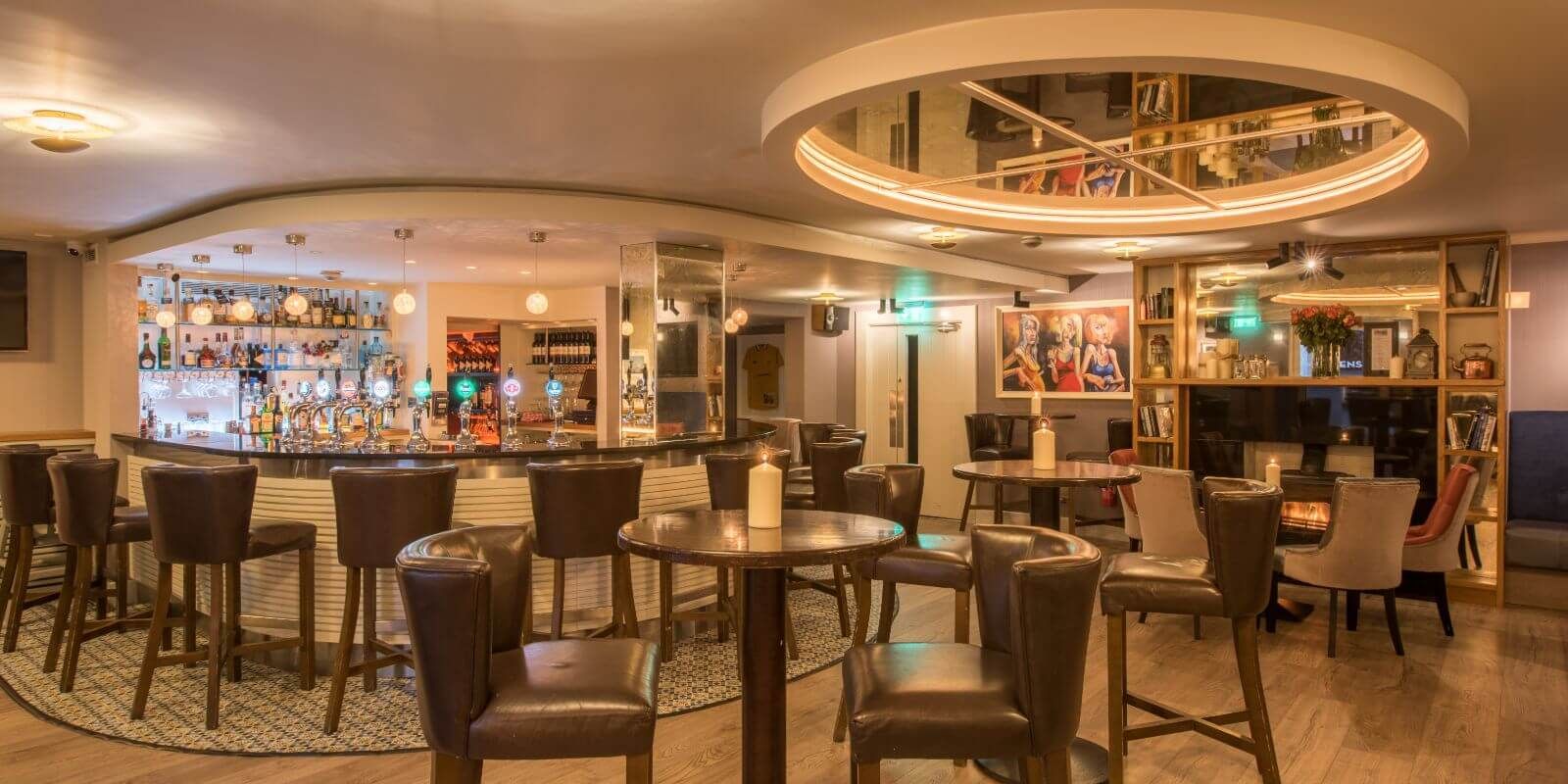Thursday found us setting off for north Mayo to visit some areas of interest to us. We drove to Foxford, a small town in the central area of the county and the site of the world famous Foxford Woollen Mills. Foxford Mills was founded in 1892 through the efforts of Sister Agnes Morrrogh Bernard , a member of the Sisters of Charity. When she arrived, Foxford was a town wallowing in terrible poverty due to another failure of the potato crop. Certainly not as severe as the Great Famine of 1846, ‘47, and ‘48, but serious enough to drive the men of the town to seek work in England and Scotland. Sister had been spared the effects of the Great Famine due to her father’s relative wealth, but had witnessed many terrible things during that time. She claimed as her life work the support of the poor and suffering, and found the Sisters of Charity order a good vehicle for her life’s work. She was able to secure loans, commandeer buildings, and command the assistance of an expert in weaving, a Protestant and a Freemason - a man certainly not predisposed to help a “papist” such as the good nun. Despite many early trials and tribulations, the mill became a unmitigated success and alleviated the inhumane conditions of the town. We purchased a few small woven items as mementos. We also never miss having a lunch and/or dessert when we visit. For my money, it’s one of the best cafes in all of Mayo. You see pictured my latest lunch – a warm goats cheese tart sitting in a crisp pastry cradle filled with caramelized onions and topped with a drizzle of pesto. It’s accompanied by a refreshing chilled three-bean salad and an array of local heirloom tomatoes. These are the tomatoes of childhood memory…
On the way back from Foxford we stopped at the Michael Davitt museum. Davitt was born in Co. Mayo in 1846 during the Great Hunger - the worst of the Irish potato famines. The Great Hunger, although a phenomenon experienced throughout Ireland, was most acute in the West. His family, which had more education than most at the time – his father spoke both Irish and English – were evicted from their cottage due to being in arrears in their rent. After a brief stint in a local workhouse, they emigrated to England and integrated into the expatriate Irish community in East Lancashire – a community with strong nationalist sentiment and a shared aversion to the landlord system in effect in Ireland. Davitt attended school until, at age nine, he took a job as a laborer in a cotton mill. In a subsequent job, and at the tender age of eleven, he was given the task of working on a spinning machine. His arm was entangled in the machine and it was so mangled that it had to amputated. Although he did not receive a settlement for this devastating injury, a local benefactor arranged to pay for his schooling at a Methodist Wesleyan school. He excelled, and at age 15 secured a position at the post office. His bright mind and strong work ethic led to several promotions and he became an accomplished typesetter despite having only one arm. Davitt continued his education through night classes and expanded his knowledge of Irish history.
Davitt also became very interested in Irish nationalism and, based upon his family’s experiences, became adamantly opposed to the landlord system. Becoming radicalized, he joined the Irish Republican Brotherhood and participated in the Fenian Uprising of 1867. He was subsequently arrested and charged with treason for trying to secure arms for the IRB, resulting in the imposition of a 15 year prison sentence. He was released in half the time due to a ever-increasing public outcry of the brutal conditions and overuse of solitary confinement. He re-joined the IRB and in 1879 he helped found the Land League of Mayo which began in nearby Castlebar. Within months, this modest beginning formed the basis of the Irish National Land League and led to substantial positive changes to conditions of local farmers - “The Three F’s” - Fair Rent, Fixity of Tenure and Free Sale. Davitt continued his struggles and eventually became an international figure as a champion of justice for the poor and oppressed.
The Davitt Museum is an astoundingly comprehensive treasure trove of photos, artifacts, and original documents regarding this extraordinary man’s life. It really is a must see for anyone interested in Irish history.
Although the museum is privately run and not a part of the Irish national museum system, sincere and heartfelt thanks should go out to TD and Minister for Rural and Community Development for securing a substantial amount of one-time funding for this cultural jewel.















